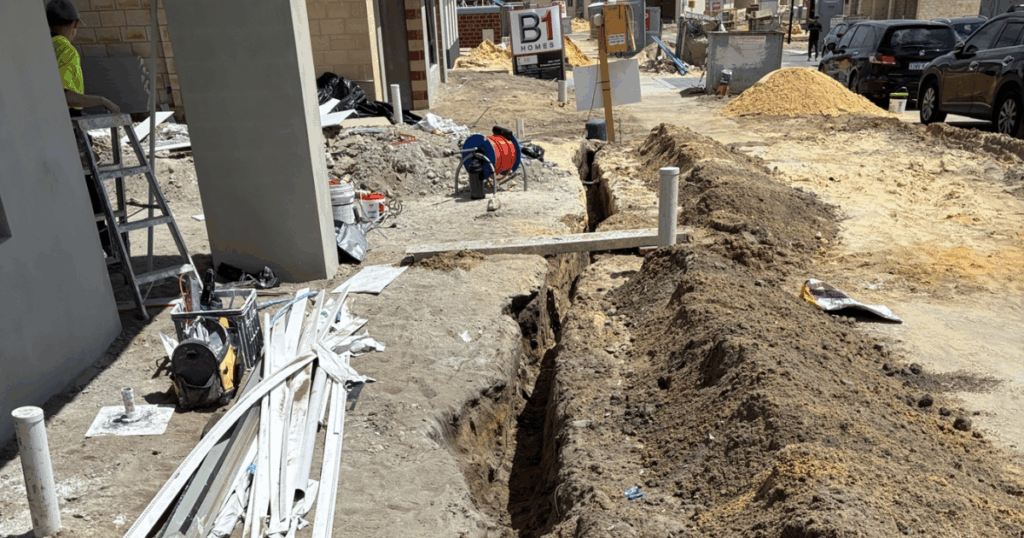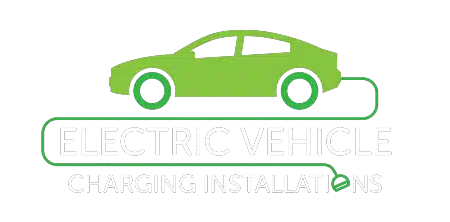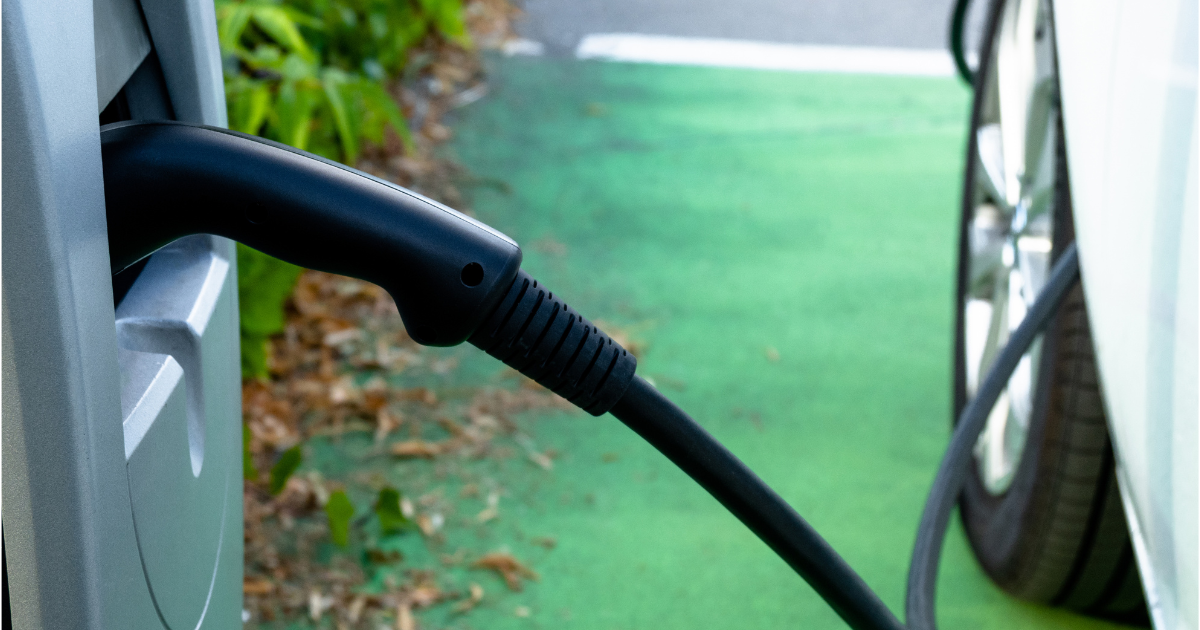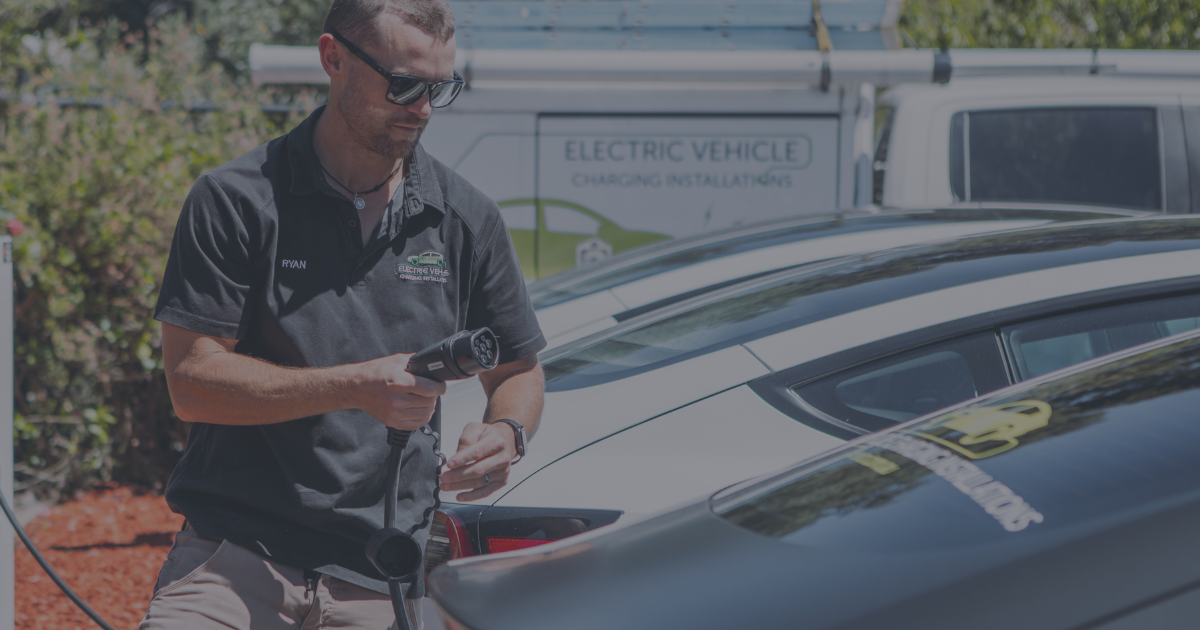As more homeowners opt for electric vehicles, the importance of including an EV Charger Installation in a New Home Build cannot be overstressed. This foresight not only enhances convenience but also increases the long-term value of your property, providing a secure and confident investment. To help you navigate the process, we’ve compiled a checklist to ensure your new home is ready for electric vehicles.
1. Optimise Your Electrical System When Installing An EV Charger During A New Home Build.
When installing an EV charger during a new home build, it is essential to carefully consider your home’s electrical system.
Key Considerations:
- Amperage Capacity: Equip your new home build with a 200-amp electrical panel to handle a Level 2 EV charger installation, leaving room for future panel expansion.
- Dedicated Circuit: A dedicated 240V outlet, such as a NEMA 14-50, is ideal for installing an EV charger. Ensure the circuit can manage at least 40A–50A.
- Electrical Load Assessment: Ensure that your builder verifies your new home can accommodate the additional electrical load from your EV charger without affecting other appliances.

2. Garage or Parking Space Considerations When Installing an EV Charger During a New Home Build.
Design your garage or parking area with EV charger installation in mind for an efficient and unobtrusive setup.
Key Considerations:
- Proximity to Electrical Panel: The closer the electrical panel is to the garage or parking space, the more cost-effective your EV charger installation will be.
- Conduit Installation: Incorporate pre-installed conduit between the panel and charger location during the home build for easy future wiring.
- Charger Placement: Select a convenient charger location, with the charger mount positioned suitably off the ground.
- Planning for Multiple EVs: If multiple EVs are in your future, plan for additional outlets or circuits during your new home’s EV charger installation.
3. Solar Integration Considerations When Installing An EV Charger During A New Home Build (Optional).
When integrating solar panels into your new home, consider how they will work with your EV charger for maximum energy efficiency.
Key Considerations:
- Solar-Ready Panel: When selecting an electrical panel for your new home, consider a solar-ready panel. This type of panel can be later connected to solar energy, allowing you to integrate your EV charger with your solar panels for maximum energy efficiency and potential cost savings.
- Smart Energy Management: An intelligent energy system can help optimise the power distributed between your household appliances, solar panels, and EV charger.
4. Understanding Code Compliance When Installing An EV Charger During A New Home Build.
Ensure that when installing an EV charger during a new home build, you consider local building codes for a safe, legally compliant setup.
Key Considerations:
- Permitting: Confirm that any electrical upgrades, including the installation of your EV charger, comply with local codes and have the required permits.
- Safety Standards: Install a GFCI-protected circuit for the EV charger and schedule a post-build inspection to confirm compliance with code.
5. Future-Proofing Your Home’s EV Charger Installation
As technology advances, your home’s EV charger installation should be ready for any upgrades or innovations.
Key Considerations:
- High Power Capability: Ensure your new home can handle increased power levels up to 80A for future EV charging.
- Smart Charger Features: Plan for a charger that connects to Wi-Fi for features such as energy monitoring and remote programming.
- Outdoor Charging Options: Consider weatherproofing and security if you’ll need an outdoor charger.
6. Seamless Collaboration Is Key When Installing An EV Charger During A New Home Build
Collaborate effectively with your builder and electrician to ensure a smooth, error-free installation of your new home’s EV charger. This collaboration is crucial and will make you feel reassured and supported throughout the process.
Effective communication with your builder and electrician is key to a successful EV charger installation. Share your specific plans for the EV charger setup with your builder before the electrical work, and engage in open discussions with your electrician to ensure they understand your needs and preferences.
It’s crucial to engage a licensed electrician who is knowledgeable in the latest standards for EV charger installations in new home builds, such as our team at Electric Vehicle Charging Installations. Our expertise will ensure a safe, efficient installation and provide valuable advice on the best setup for your home.
Quick Summary Checklist:
- 200A or higher capacity electrical panel with expansion slots.
- Dedicated 240V outlet for the EV charger.
- Pre-installed conduit to facilitate future wiring.
- GFCI protection for safety.
- Strategic placement of outlets or wall mounts.
- Necessary permits and inspections to ensure code compliance.
Connect With Us
Addressing the nuances of installing an EV charger during a new home build not only sets you up for a flexible, energy-efficient future but also aligns with the growing trend toward electric mobility. With this checklist in hand, you’re on the path to creating a home that embraces the advancement of eco-friendly transportation.
We look forward to hearing from you and helping you make informed choices that align with your eco-conscious lifestyle.




